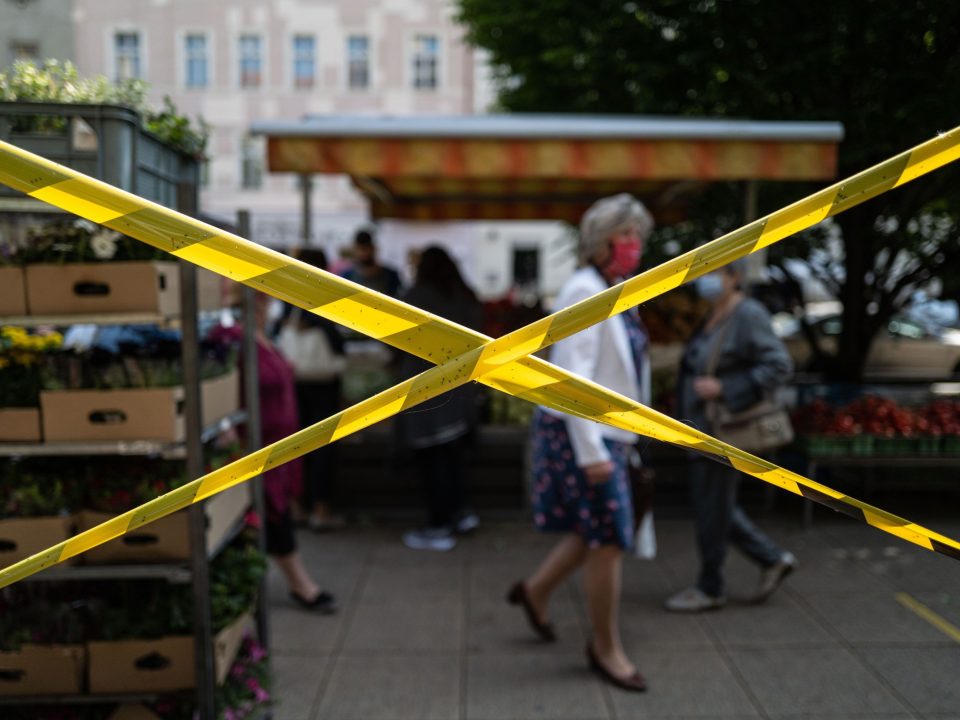The COVID-19 crisis has exposed a lack of resilience in organizations and societies — and, more specifically, in global supply chains.
Supply-chain resilience can be addressed in three main areas: critical phases, attributes and categories.
The three critical phases for an organization facing a pandemic-like event are surviving the event, recovering from it and rebuilding when it’s over.
The attributes of supply-chain resilience describe an organization’s ability to withstand the event in terms of projected survival time. That is, how long can it survive as the event plays out? What does it need to know to be able to increase its survival time? And once it has survived the event, how long does it need to recover to a defined “normal” state, which might be quite different from its pre-event state?
Resilience categories can be described as “the 3Cs”: capacity, capability and competency.
Capacity covers key elements relating to survival time, including:
- Cash position, measured by cash on hand, line of credit and any other liquidity instruments.
- Inventory position, measured by in-stock quantities by product type.
- Multi-site supplier availability, measured by who can provide how many units of components or finished products, and by when.
- Multi-distribution channels, measured by who can deliver how many units of components or finished-product consignments, and by when.
- Technology infrastructure, measured by availability of remote work and support, availability of collaboration tools, availability of remote security, whether workers are trained for remote work, and whether vendors are qualified and can support remote work.
- Production repurposing, measured by which, if any, subsidiary or vendor locations can be repurposed quickly to resume production.
- Work policies, measured by the types of work policies that exist by location. (For example, remote working, availability of flexible hours, work-type-based incentive pay, health checking and sanitization requirements.)
- Workforce preparedness, measured by the supply chain’s ability to immediately respond to a crisis, as evidenced by scenario planning. (For example, the ability to respond to a total lockdown and reliance on remote working, partial lockdown by geography, or interaction between total and partial lockdown environments.)
- Customer engagement, measured by determining the customer requirements for products and support.
Identifying these measures will require significant work. I recommend developing and tools or systems to aid in the measurements. For example, to determine inventory positions and multi-site capacity for a global company, one should not only have near-real-time visibility of inventory at multiple n-tier suppliers, but alternative supplier sources as well, falling outside the current supplier base.
Capability covers the ability to assess damage to the organization from the crisis. Key elements are:
- Recovery plan: Is there a structured recovery planning process in place? Major factors include the basics: what, when, how, why, where and by whom. Immediately following the survival phase, supply-chain recovery starts with a diligent recovery-planning process. This must be aligned with the overall business planning process.
- Company damage assessment: What is the scope and magnitude of the damage suffered by the organization and its supply chain? This includes assessing damage suffered to revenue, product introductions, facility shutdowns, employee layoffs and vendor losses.
- Customer assessment: What is the scope and magnitude of the damage suffered by customers? This includes assessing damage suffered from revenue loss or business failure, facility shutdowns, employee layoffs and demand drawdowns.
- Supply-chain mapping: Do supply-chain maps exist for the organization? Are they complete? This is a highly labor-intensive process, but when done right can significantly aid in recovery, rebuilding and return to normal business.
- Supplier alliances: The objective is to develop a keiretsu or chaebol type of manufacturer-supplier alliance, not just for normal production activities and support, but for crisis management as well. For example, supplier rebalancing can be quickly and effectively achieved if there is a working structure in place. To develop these alliances requires time, effort and a collective will, often supported by the government or local organizations.
- Supply-chain digitization: Examples include using digital transformation to map, manage and maintain tiered supply chains; creating tools to provide near-real-time visibility of alternative suppliers; creating digital twins or processes and automating them to the fullest, and connecting digitally with suppliers to manage demand and supply.
The capabilities discussed above should be based on a strategic plan for the organization and its supply chain. Mapping, supplier alliances and digitization require strategic planning, funding and prioritization.
Competency is the state of possessing adequate knowledge and skill to continue operating. Key elements are:
- Supply-chain stress testing: This is a periodic exercise, perhaps bi-annual, to test the capability of the supply chain to recover from severe adverse effects. For example, one could simulate the supply chain impacted by a pandemic environment and test the resulting material, component, and finished-goods flow. This is a difficult yet essential exercise for the future. Gaming environments are also promising; a mapped supply chain can be simulated against adverse conditions.
- Learning: Supply-chain resilience can be built and improved by incorporating learning from all events, good or bad. For example, if a gaming exercise or real event indicates a gap, is the gap validated, and what corrective actions are instituted based on the learning? The exercise should cover all relevant people, processes and technology factors.
In summary, building a resilient supply chain should focus on three phases: survive, recover, rebuild. Capacity, capability and competency building are crucial to successfully emerging from each phase. The build-out of the 3Cs for the supply chain must be a corporate strategy with appropriate levels of planning, prioritization and funding. If we learn anything from the current COVID-19 impact on supply chains, it will be to aggressively focus on resilience.
Shubho Chatterjee is a digital transformation, strategy, technology and operations executive.


